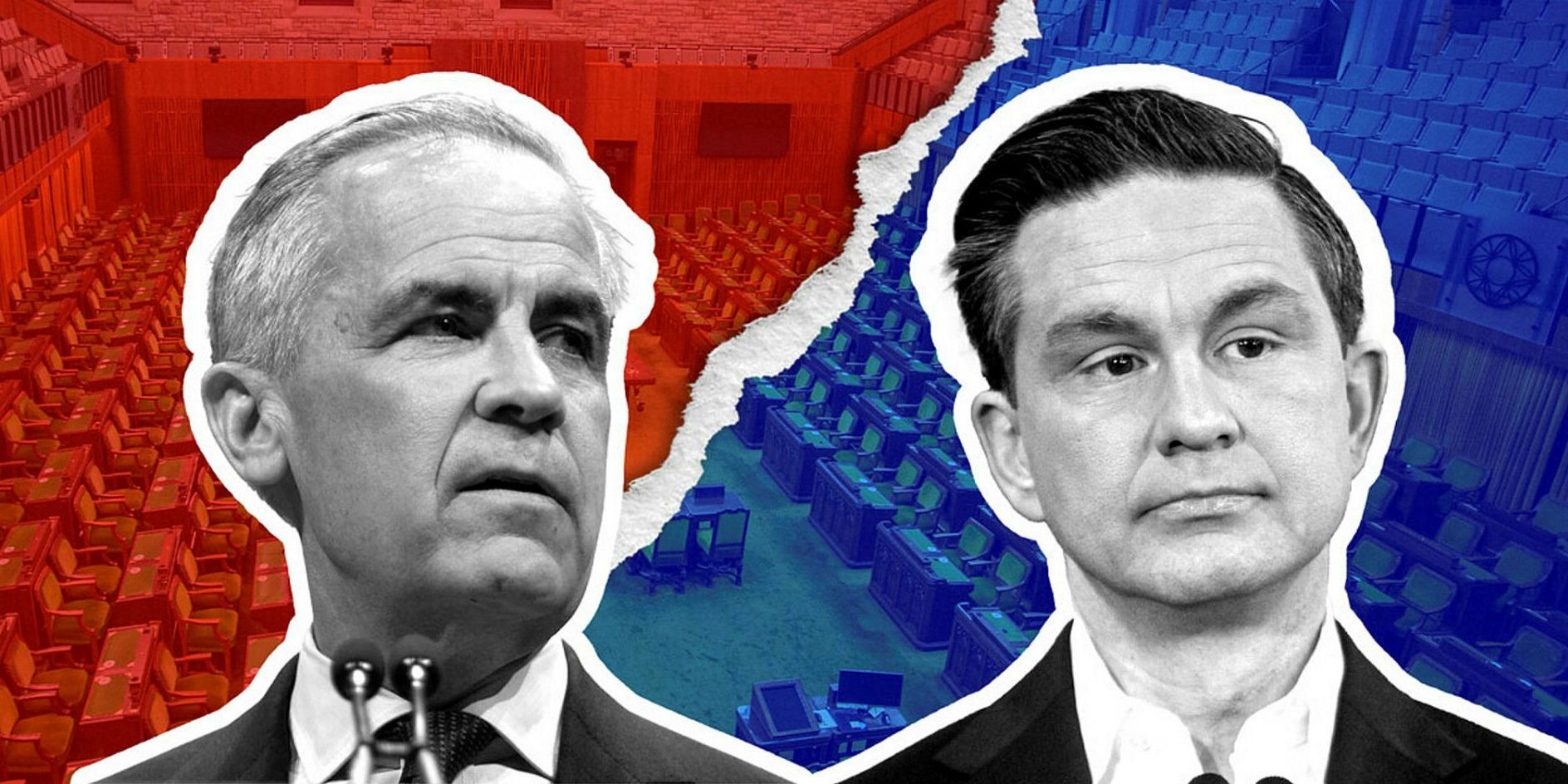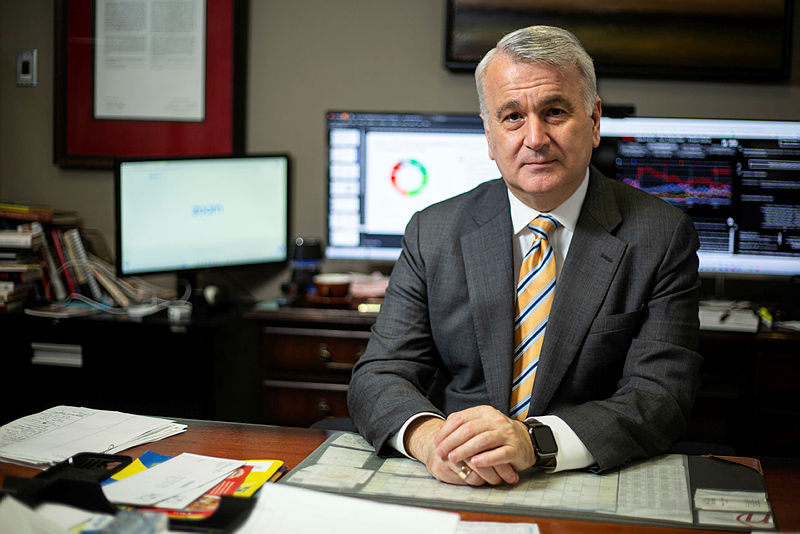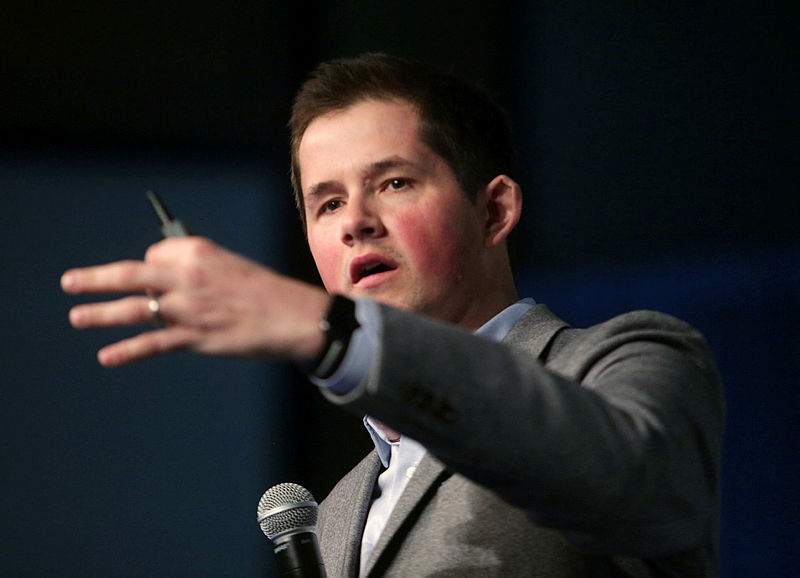Seat projections a ‘headache,’ but overall ‘good showing’ for polls in this election: pollsters

Pollsters had a good showing on election day last week in terms of predicting the Liberal victory and capturing the tightening race between the parties, but shifting regional dynamics and other disruptions since the most recent federal elections made seat projections “harder” and “a headache” this time around for some.
“In Canada, we just saw like half the electorate change its mind—a swing of 25 points erased, the NDP collapsing, the Bloc Québécois losing support,” said Philippe Fournier, who runs the online poll aggregator 338Canada. “My biggest takeaway is … do not take voters for granted because they will go whichever way they want.”
Prime Minister Mark Carney (Nepean, Ont.) and the Liberals are set to form a minority government with 168 seats after the April 28 federal election, according to preliminary results. The Conservatives are set to remain in opposition as the second-largest party with 144 seats, while the Bloc Québécois concluded with 23 seats. The New Democrats won only seven seats, which is below the 12-seat threshold for official party status. NDP Leader Jagmeet Singh finished third place in his own riding of Burnaby Central, B.C., and in his concession speech on April 28 announced plans to step down as soon as an interim leader is selected.
By April 27, many polling organizations were forecasting a Liberal win, with some—such as 338Canada and EKOS Research—predicting a Liberal majority.
Fournier told The Hill Times that the polls were really good on election night when looking at the averages.

“The national polls were mostly okay. They underestimated the Conservatives by a point or two, but that is within the range of possibility … and if you break them down by region, Atlantic Canada was perfect. Quebec was near perfect. British Columbia was really good on average. Really, the only place where you could see where a few points made a difference was, well, Ontario,” he said.
In terms of final seat projections before E-Day, 338Canada had the Liberals ending with 186 seats and the Conservatives with 124. Fournier said that his lower range for the Liberals went all the way down to 150, adding “there were so many close races in Ontario.”
“If the Liberals and the Conservatives were a bit closer [in Ontario], then 15 to 20 seats could flip with just a point or two,” he said. “So, the 169 result for the Liberals is actually very close to my middle value, even though it’s a bit on the low middle.”
Fournier said that the results of this election shows that no lead is ever safe.
By April 24, Nanos Research estimated there was a minimum of 154 safe seats for the Liberals, a minimum of 108 that were safe for the Conservatives, but another 62 seats were too close to call.
Nik Nanos, chief data scientist and founder of Nanos Research, said that in looking at the polling industry writ-large, the vast majority of pollsters showed that the race was tightening at the end, and they captured most of the NDP drop in support.
Nanos argued this election showed how small swings in votes in select ridings can have an impact on seat projections.
While some ridings were won by thousands of votes, others were determined by razor-thin margins. On April 29, CTV News reported that at least nine candidates won their seats by fewer than 500 votes. Based on data from Elections Canada on May 1, Anthony Germain held the Newfoundland riding of Terra Nova-The Peninsulas for the Liberals with a scant 12 votes more than Conservative Jonathan Rowe.
In the Terrebonne, Que., riding, Liberal candidate Tatiana Auguste surpassed Bloc Québécois incumbent Nathalie Sinclair-Desgagné by just 35 votes. A judicial recount is expected in both ridings.
Speaking with The Hill Times on April 30, Nanos said his organization’s calculations based on Elections Canada data by that time showed that just 3,000 votes in 10 ridings would have resulted in a Liberal majority government.

“Just think. This would be less than 1/10 of one percentage point of all the votes cast in the country that, distributed, in the right places, would have yielded a different outcome,” he said. “If 3,000 voters had switched to the Liberals in those 10 ridings, those other seat projections would have looked fantastic. I don’t think this has anything to do with the quality of the work. I think this has to do with the distribution of support that no one can really anticipate because you can’t anticipate … what will happen in terms of distribution across ridings within a province.”
David Coletto, chief executive officer and founding partner of Abacus Data, told The Hill Times that a few pollsters may have overestimated the NDP support in the election, but for the most part polls did very well at capturing the dynamics at the national and regional levels.
He argued that seat projections were complicated in this election because of important shifts in Canadian politics, such as a flip in younger voters leaning more Liberal or progressive, compared to older voters.

“It was a very different election in terms of the coalition of voters for each party, the regional dynamics that may have made accurate projections harder because older voters were more likely to be voting Liberal this time, and so parts of the country that are, on average, older saw bigger gains for the Liberals, and the seat projections that are basing their models on what happened in the past may have missed some of that,” he said.
“Those patterns, those tendencies that we thought had defined Canadian politics for the past decade, are shifting and they’re changing. And it’s a reminder that the electorate and public opinion is forever evolving and responding to the context and to the circumstances of the day.”
Pollster Greg Lyle, president of Innovative Research Group appeared in an episode of The Herle Burly podcast on April 25, where he argued that seat projections were complicated because “the pattern from the last three elections is broken.”
“The NDP is disappearing, young people and middle-aged people are going more conservative, older people are going more liberal. Yet we still think that the patterns we saw in the last three elections are going to hold up in this campaign,” he said during the podcast.
“That raises a question in my mind, that we won’t know for sure until election day, of, are the Liberals still benefitting from the same voter efficiency we saw in the last campaign, or is the mold broken, and we’re going to get some surprises? My suspicion is that the mold is broken, and we’re going to get some surprises,” said Lyle.
Darrell Bricker, chief executive officer at Ipsos Public Affairs, said that if the pattern created in this election persists into the next election, that Canada is moving to “a two party political system in which progressives are going to be facing off against conservatives.”

“Quebec would be the exception, but every place outside of Quebec, the NDP has become not a political party anymore,” he said. “Can the NDP make a come back? You can never say never.”
An interesting question for Bricker is if a declining voter base for the NDP would lead to more consolidation of those progressive voters.
“Even when Justin Trudeau resigned, he didn’t just talk about Liberal voters. He talked about progressive voters, and progressive voters are actually a bigger coalition than conservative voters in this country at the moment. It’s like a 60-40 type ratio. The question is: is the progressive movement … going to consolidate in a more of a formal way? Now, the parties themselves may not, but the voters themselves did consolidate,” he said.
“The truth is that the Liberal Party, at a federal level, is actually strong, but at the provincial level it’s incredibly weak, particularly west of the province of Quebec. [Liberals are] not the official opposition in the province of Ontario. They’re not even really running successfully in any other province. The NDP has filled that place, but just as weak as the Liberal Party is at the provincial level, the NDP has now become weak at the federal level. How does all of that get worked out? Because they’re both fishing from the same pond of voters.”
jcnockaert@hilltimes.com
The Hill Times
| Party | Actual election results (April 28) | 338canada.com (April 27) | Nanos (April 27) | Ababcus Data (April 27) | Léger (April 26) | Ekos (April 27) | Actual preliminary riding results (April 28) | 338canada.com riding projection (April 27) | YouGov MRP projection (April 25) |
| LPC | 43.7% | 42.0% | 42.6% | 41.0% | 43.0% | 43.6% | 169 | 187 | 185 |
| CPC | 41.3% | 39.0% | 39.9% | 39.0% | 39.0% | 37.5% | 144 | 125 | 135 |
| NDP | 6.3% | 9.0% | 7.8% | 10.0% | 8.0% | 9.2% | 7 | 7 | 3 |
| BQ | 6.3% | 6.0% | 6.4% | 6.0% | 6.0% | 4.4% | 22 | 23 | 18 |
| GPC | 1.2% | 2.0% | 1.9% | 1.0% | 2.0% | 2.0% | 1 | 1 | 2 |
| PPC | 0.7% | 1.0% | 1.1% | 3.0% | 1.0% | 2.0% | 0 | 0 | 0 |






 LICENSING
LICENSING PODCAST
PODCAST ALERTS
ALERTS













